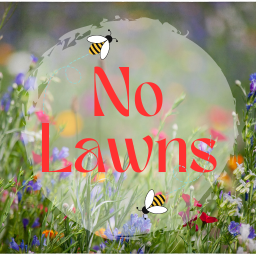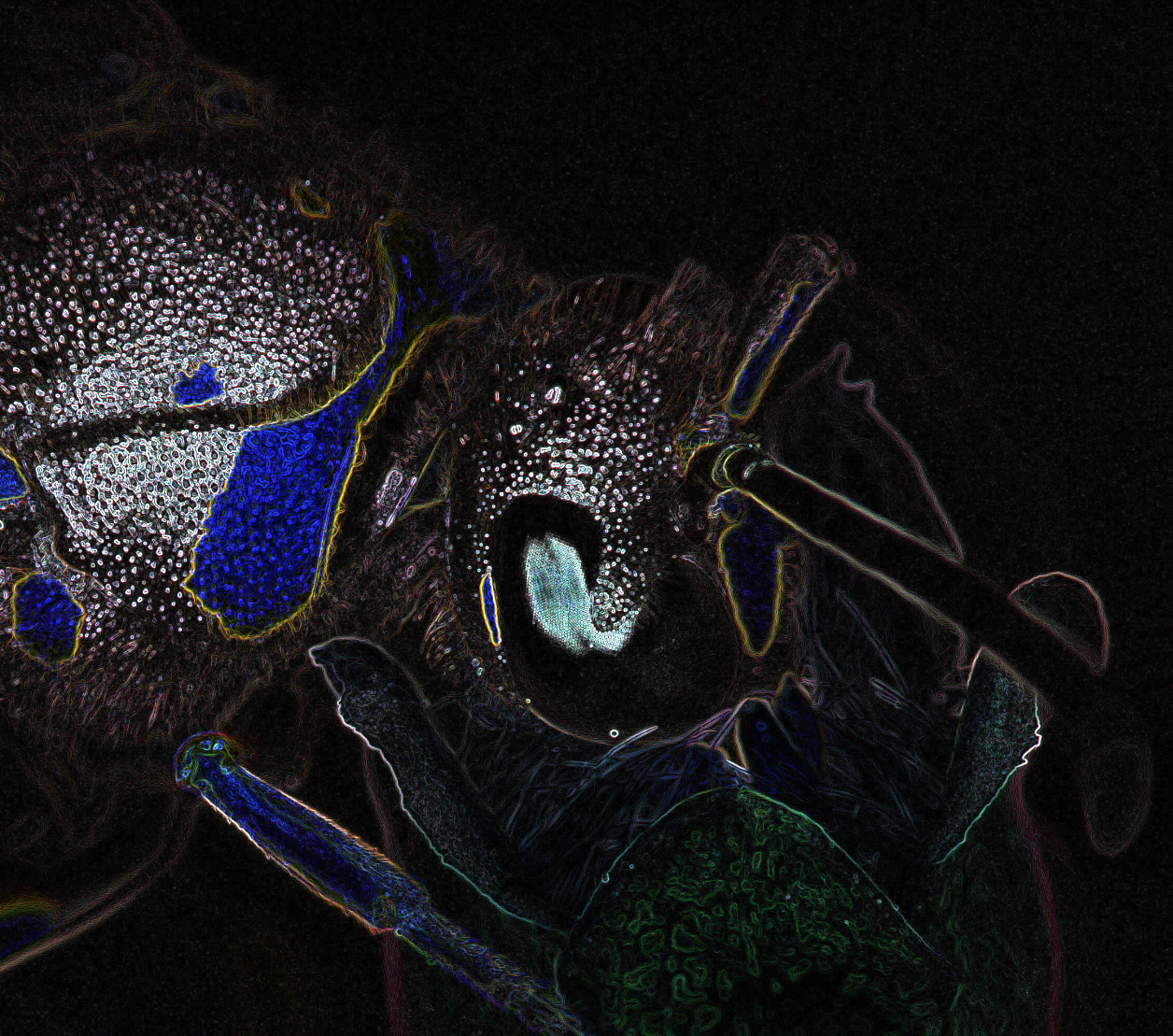This story documents how the invasive grasses allowed the fire to grow.
Invasive pasture grasses aren’t really lawns but I’m loving the grass-hate. It’s a plant that has evolved to kill trees (and unfortunately people) and then recover quickly to do it again.
Anybody here know what the pre-clearing state of the area may have been? Rainforest, dry rainforest, native grasslands etc? It’s hard to look it up, not sure if you have mapping layers that show it.
As I understand it, the issue is that huge sugar cane plantations have just been left empty.
Sugar cane used to be native, then it was used for plantations, then it was removed, then invasive plants took over the empty space more quickly than any native plants.
Yeah, we have the same systems in place here in subtropical Aus; same species, same degraded and cleared ecosystems. Even looks slightly similar.
When I think Hawaii I imagine tropical ecosystems but I understand some islands are naturally drier. What was there prior to the degradation is of interest and as I work in regeneration/reclamation, of interest again as to how these systems can be recreated.
There’s bound to be a study on this topic.
I’ve tried searching and I suppose the fact that it’s recent news pushes all the sources to the new.
In Australia, we can apply a “pre-clearing” layer to most of our mapping that let’s you know what the ecosystem was there before it was cleared. Does the US have something like that? I’m not sure where to get started.
Where I am, the same invasive grass species exist and things look similar. Be interesting to know if it was tropical forest prior.
I don’t know but try searching for it on Google Scholar
https://www.ctahr.hawaii.edu/mauisoil/b_oxisol.aspx
Not much that is a precise take on what was behind Lahaina but I found the above that shows it might be a weathered system of lower hardy natives, including cactus (Cactus, kiawe, lantana, and koa haole.) 2 of those are weeds of here - Lantana and Leucaena.
Low point of rain is 20 inches, 500mm, about half of what we get. 32 on the high end which is our low end.
Here are some nearby sections:
https://dlnr.hawaii.gov/ecosystems/nars/maui/west-maui-2/
https://www.maunakahalawai.org/mauna-kahalawai-west-maui-mountains
https://dlnr.hawaii.gov/ecosystems/files/2013/07/West-Maui-Fact-Sheets-and-Topographical-Maps.pdf - East of Lahaina is the Panaewa Section
I’ve read several recent news articles describing the negative affects of colonialism and the pineapple trade.
If I remember correctly this had the deepest dive: https://civileats.com/2023/08/23/how-two-centuries-of-extractive-agriculture-helped-set-the-stage-for-the-maui-fires/
That’s a good one. Hints at written/verbal records.
Thank you very much for that.
Lahaina used to have significant wetlands and lowland flats.
People just describe almost the entirety of Lahaina town as this forested area filled with breadfruit.
Lahaina, the former capital of the Hawaiian Kingdom, was once a thriving, ecologically diverse landscape full of fish ponds and diverse crops that included sweet potatoes, kalo (taro), and ‘ulu (breadfruit). But colonization, and the extractive agricultural systems that came with it, had a devastating impact on reshaping the landscape ecologically, culturally, and economically—not only depleting soils of fertility but making much of the island more fire-prone.
In some of the old Hawaiian language newspapers, Lahaina used to have significant wetlands and lowland flats. They would say, “Lahaina sits in the house of the Ulu trees,” or the ancient breadfruit grove Mala Ulu o Lele.
People just describe almost the entirety of Lahaina town as this forested area filled with breadfruit. And as the plantations came in, they were cutting down a lot of these trees. It got to the point where they passed a law that made it illegal to cut down an ulu tree. And so plantation owners started to pile their bagasse, their spent sugarcane pressings, around the base of the tree and burn it.
Those trees probably had a very significant effect in terms of the region’s moisture. Deep-rooted trees are able to tap into the water table. If you look at the rainfall, Lahaina was always way too dry to grow breadfruit. But the fact that you had this huge breadfruit growth and all these wetlands essentially speaks to the fact that the trees were tapping into this subterranean water table, lifting moisture up to the surface, redepositing some of that moisture through leaf litter, allowing for additional rain capture, for reduced evaporation, increased carbon in the soil, and holding additional moisture.
You basically just had an entirely different ecology of that region for two reasons: the undisturbed flow of the river, which allowed the recharge of the subterranean water sources; and these extensive treed landscapes in that area.




